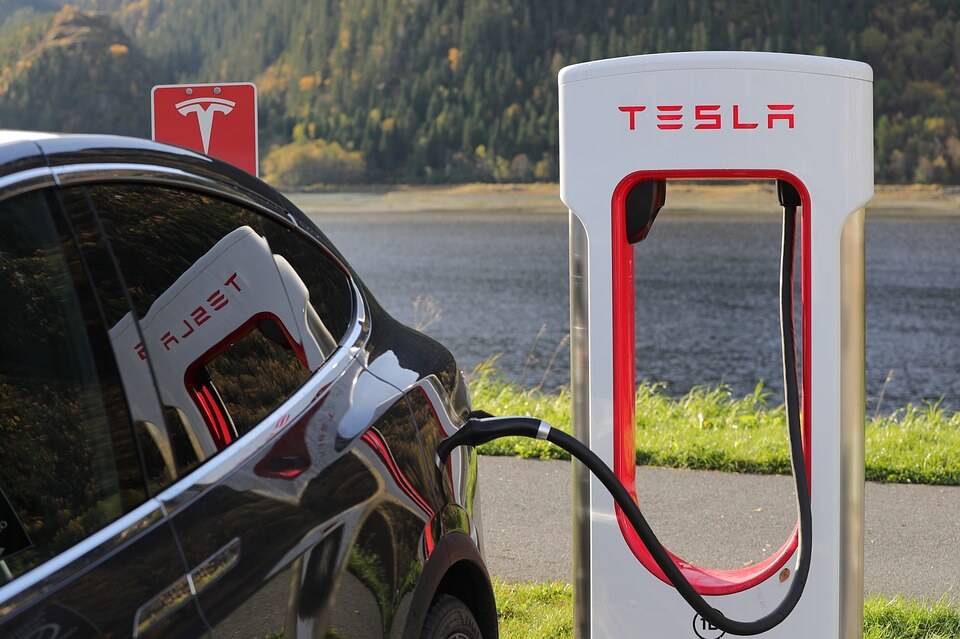With the release of their third model, the Model 3, Tesla has proven that they are a company that is very serious about offering innovation and disruption. Over the years that Tesla has been operating, they have introduced many new innovative features in cars. This innovation has not gone unseen, as many manufacturers and lawmakers have either tried to adjust with Tesla or put them out of business.
As a sort of scoreboard of Tesla’s achievements, below are a few of the accomplishments of Tesla, and the impact that these accomplishments have had on the automotive industry
Autonomy
Tesla’s first vehicles were not fully autonomous, but rather semi-autonomous. The systems that were installed on the Tesla vehicles were able to keep a vehicle within its lane while also regulating the vehicle’s speed. In recent years, since Tesla’s introduction of autonomous technology, many manufacturers have installed safety technology. An example of such technology is lane-keep assist, which keeps a vehicle in its lane based on the road lines surrounding the vehicle.
Electrify
Although Tesla was not the first manufacturer to release an electric vehicle, Tesla had a huge hand in forcing manufacturers to race towards releasing the first electric vehicle. By bringing awareness to the capability of electric vehicles, and having a support for their new endeavors, Tesla showed rival companies that they needed to improve or else they would fall behind. Unlike many other manufacturers, however, Tesla has accomplished creating their own charging stations.
Update
Tesla’s ability to update its vehicles through wireless updates has challenged manufacturers, who either do not have the technology to do so or are in fear of hackers, to improve the way that they service their vehicles. Tesla does not have many dealerships, so customers needing to bring their cars in for servicing would not be an ideal situation. Instead, Tesla developed a method for servicing their cars remotely.
Conclusion
Since the first Tesla model was released, the Model S, the internet went ablaze with videos of the premium P85D beating, more expensive, supercars in races. Tesla has not only developed classy and sleek cars, but vehicles that offer very innovative technology that currently challenges the automotive industry. Not only has Tesla proven themselves to be a highly capable company, but also a company that may be here to stay for the long haul.


